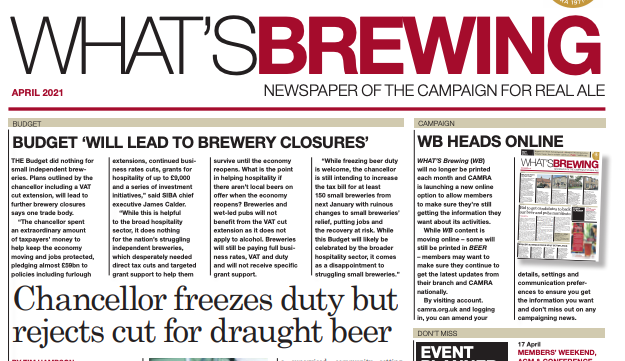Ask the expert – why isn’t mild promoted as naturally lower in alcohol?
Audio Description
Login here to listen to the audio description

The term mild originally applied to beers that were not kept in oak for very long and thus lacked the traditional lactic acid tang of an aged beer. By the early 20th century, mild had become an established term to describe a relatively low-hopped beer with a typical strength of five to six per cent ABV.
It was only with the outbreak of World War One, and the subsequent major hikes in beer tax, that many brewers reduced the strength to that of 2.5-4 per cent, which was more familiar in the second half of the 20th century.
The term mild became associated with being thin and cheap plus, being a relatively low-margin product, most brewery companies did not see it as worth any special promotion.
Martyn Cornell notes the decline of mild in Britain was due to demographics, as sales of mild dropped off a cliff from 1960 onwards, as its drinkers died and the new cohorts went for bitter, and then lager.
For all these reasons the beer style faded from sight, though in recent years some distinctly modern-thinking, smaller breweries have started to revive it. Contemporary independent brewers are typically producing 4.5 per cent plus, dark varieties based more on the surviving Midlands milds from the likes of Sarah Hughes brewery, which have distinctive caramel flavours.
We may well see in due course the resurgence of darker, sweeter, less hopped beers in the low-alcohol range, but it may well be that these are termed dark or brown, rather than mild.
Tim Webb (pictured) is a member of CAMRA’s Technical Advisory Group and is the author of CAMRA’s Beer Breaks, plus co-author, with Stephen Beaumont, of The World Atlas of Beer
Have you a question for our experts? Send it to wb.editor@camra.org.uk

 view archive
view archive
 view events
view events